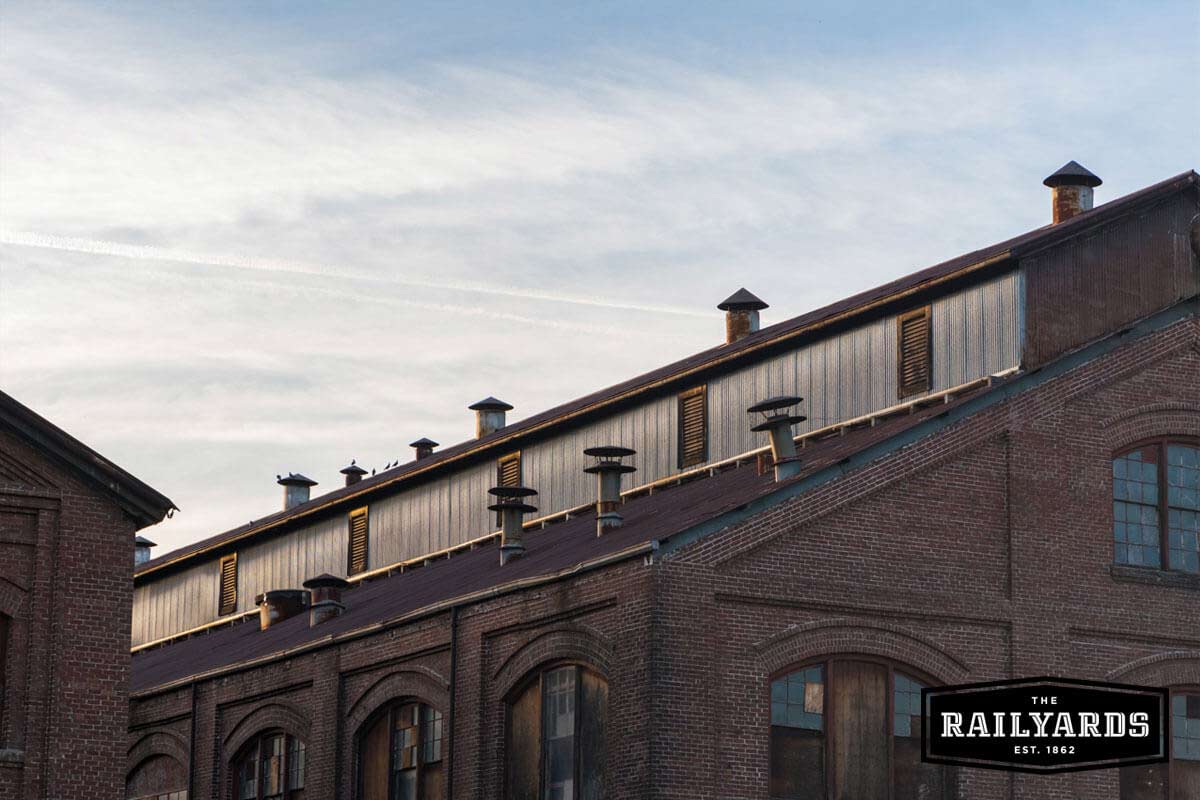Countless women have had an impact on Sacramento’s rich storied past. From 17th century pioneers to modern day politicians and everything in between, the capitol of California wouldn’t be the place it is today were it not for the women who helped shape it.
Two figures who were instrumental in making Sacramento the city that it is today are Luella Johnston and Margaret Crocker. These women helped forge the way for generations to come and helped change the face of Sacramento forever.
Sacramento Women in History
Luella Johnston: California’s First Woman in Office
The first woman elected to the office of City Council in the state of California, Luella Johnston may also have been the first woman elected to any public office in any United States city.
Born in New Hampshire in 1861, Luella moved West to California as a child and, as a teenager, became a schoolteacher in San Francisco prior to marrying Alfred Johnston, a man who ran a printing press in Sacramento.
His successful business landed him an appointment as the Superintendent of State Printing, a position that was soon made an elected office, which he won.
The social standing and political affiliation associated with Johnston’s office put Luella right in the heart of Sacramento society.
First known as a socialite who created the Club of ’99, a social club that was almost considered frivolous, Luella went on to help transform what had been a local women’s reading group into The Tuesday Club. Under her presidency, the group changed their purpose, updating in their mission statement to reflect that their cause was now to ‘encourage all movements for the betterment of society.’
Helping to implement lasting changes in the region, with everything from the creation of new parks – including McKinley Park – to the banning new bars in residential areas, The Tuesday Club was an important political player in Sacramento.
Other women’s groups in the area were inspired by these accomplishments and jumped into action, which led Luella to form The Woman’s Council in 1904.


What Happens to the Historic Buildings in The Railyards?
As projects take off in the Sacramento Railyards, what will happen to the brick buildings that have stood in place for almost 150 years?

Bringing together 30 women’s clubs in the region to work towards common civic goals, The Woman’s Council immediately began to change the face of Sacramento. During her time as president, the council brought about the creation of a new high school, the addition of a receiving matron for the city hospital, and the addition of name plates to every city street. The list goes on to include street electrification, installation of public drinking fountains and residential mailboxes, building a public swimming pool and more.
Also a leader in the local suffragette movement, Luella played an important role in helping win women the right to vote in California, which was a pivotal point on the road to eventually winning the right to vote on the national level.
Her accomplished civic work, coupled with her experience in successful political campaigning, prepared her to run for City Council in 1912.
The Municipal Voter’s League and The Woman’s Council both endorsed her candidacy immediately while The Sacramento Bee cast her campaign in a very positive light.
In addition to public support from these organizations, Luella utilized her polished skills in organizing and campaigning to her benefit. She had an army of women behind her candidacy, handing out endorsement cards and rallying women to the polls on election day.
An instrumental player in women winning the vote in California and a catalyst for civic change and advancement, Luella Johnston’s election to Sacramento’s City Council in 1912 was a landmark victory that opened the door for women in politics and cemented her place in Sacramento history.
In 2018, Luella Johnston’s distinctive accomplishments were honored by the City of Sacramento.
City Council voted unanimously to name the City Council Chambers in Historic City Hall after Luella Johnston.
On October 16th, the Historic City Hall Hearing Room was renamed the Luella Johnston Hearing Room, a fitting honor for the first woman to sit on the City Council in that very room.
“We want Luella’s memory to remind everyone of all of those women over 100 years,” Councilmember Angelique Ashby said. “And even more importantly to inspire the next 100 years of women who will serve in the city of Sacramento.”
Margaret Crocker: Sacramento Philanthropist and Benefactor of the Arts
A philanthropist whose kindness, generosity, and gift of art left an indelible mark on Sacramento.
Born in Ohio and living in Indiana as a child, Margaret moved to California with her husband Edwin Crocker to join his brothers who had found success as merchants in Gold Rush era Sacramento.
Life in their new home proved difficult.
Margaret was bedridden with typhoid fever with the great fire in 1852 broke out. Unable to move from her bed, she was carried to G Street on her mattress to keep her safely upwind of the fire.
Following the blaze that destroyed their home, a levee broke causing the river to flood the new home they had only just settled into.
Fire and flood set them back but never stopped them. The Crockers endured hardship with pioneer spirit and rose from every challenge triumphantly.
An attorney by trade, Edwin was a catalyst in the formation of the California Republican party and an active politician. In 1856 he formed the Republican Club along with his brother Charles as well as Mark Hopkins, Collis Huntington, and Leland Stanford. The founding members of this club – Edwin aside – would go on to become to alter both California and United States history as the Big Four: the men responsible for the facilitation and creation of the Central Pacific Railroad.
While Edwin provided council for these men, he had a long, successful career as a well-respected attorney and, later, judge.
In the meantime, Margaret had established a reputation of her own for her charitable donations.
Known to take food and flowers from her own garden to the homes of those who were in need or ill, Margaret enjoyed spending her time helping others.
Art lovers both, the Crockers returned from a two year trip abroad with four railroad cars of drawings and paintings and immediately began construction on a large scale gallery attached to their home that included a ballroom, ornate library, billiards room, bowling alley, and skating rink.


A Tour of the Sacramento Railyards Districts
Take a tour through The Railyards, explore the 5 distinct districts within the plan area, and discover the highly-anticipated projects underway in each.

After Judge Crocker’s passing, Margaret began emerged as both a civic and social leader and an active philanthropist.
Responsible for the construction of both the Bell Conservatory – an immense greenhouse located at 9th, 10th, and X and Y Streets which was a smaller-scale version of the conservatory in San Francisco’s Golden Gate Park – and the Marguerite Home for Aged Women at 7th and Q Streets – a home for aging women who were unable to provide for themselves – Margaret became known as “Lady Bountiful.”
Temporarily opening her personal gallery as a site for a very successful exhibition of the California Museum Association led to Margaret’s decision to gift her art gallery and collection to them permanently and to the benefit of the general public.
By deeding both to the City of Sacramento – under the condition that the California Museum Association occupy the premises and act as custodian of the property – Margaret Crocker left her mark forever on Sacramento history.
While her charity and kindness are never to be forgotten, the gift of art that she left to her city is her most lasting legacy.
The Crocker Art Museum has earned accreditation by the American Alliance of Museums – a recognition bestowed upon less than 1,100 of the nation’s museums – for it’s world-renowned collection of California art and European master drawings.
Furthermore, it welcomes more than 300K visitors through it’s doors per year, placing it among the top 50 most-visited museums in North America.
The gifts that Margaret Crocker left to Sacramento after her passing and the love and kindness she bestowed upon it during her life have forever earned her a special place in the heart of Sacramento’s history.
While their contributions to Sacramento history were vastly different, these women both have one thing in common. Their names will always be synonymous with Sacramento and their legacies will never be forgotten.
Image courtesy of the Crocker Art Museum.